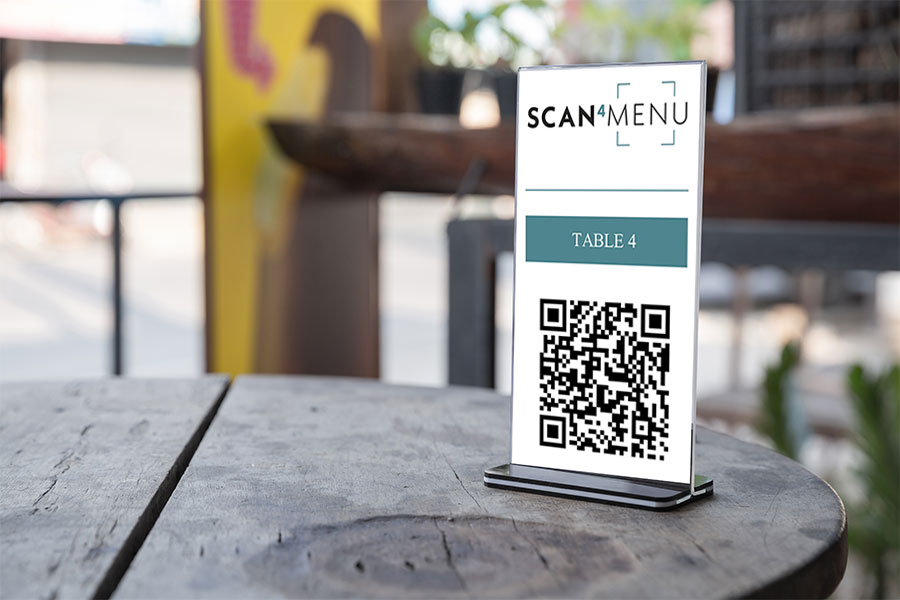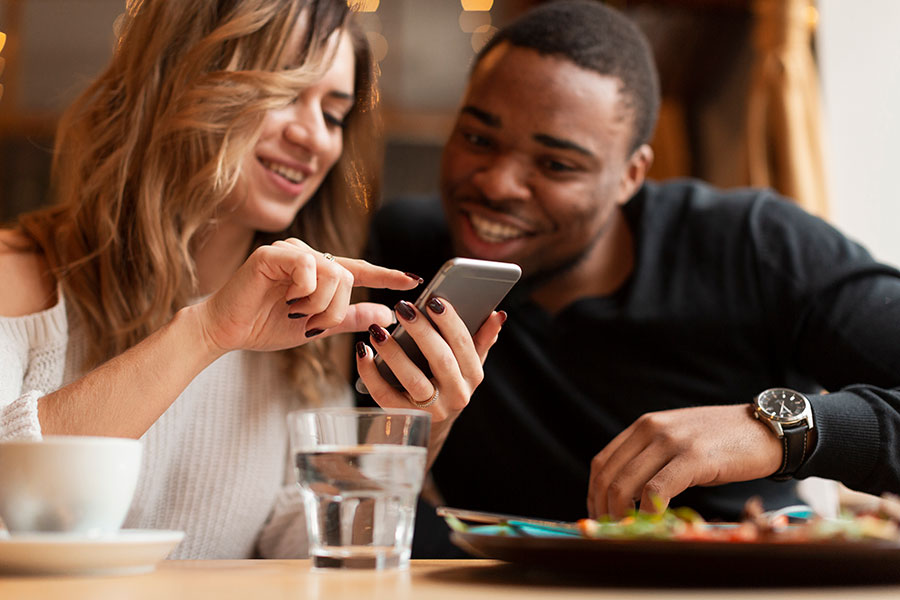As we emerge from our homes and start to resume some of our previous activities, the media has thrown around topics like contactless dining, social distancing, and the new normal – all of which can be very confusing; especially when placed into the context of eating out. Dining out in restaurants, cafes, bars and pubs has been happening for centuries and has remained very much unchanged. While originally reserved for the more affluent or travelers, it really became common-place for everyone after the industrial revolution. It wasn’t until the 1800s that restaurants started to become more established, along with the idea of table service. Following the Second World War, and the introduction of dual incomes in homes and women working, dining out became more attainable for the regular person. Dining out now has become such a part of our society that it is no longer a privilege.
When the coronavirus pandemic hit, governments all over the world shut down dining establishments, along with the rest of the economy, to curb the spread of the virus. Dining establishments had to think quickly and adapt their businesses to provide more takeaway and delivery options as the world retreated into their homes. Few industries have been negatively impacted more by the coronavirus than restaurants. Millions of businesses closed, massive layoffs, hoarding, food shortages and surpluses and subsequent dumping. An event like this has never happened before in modern times.
COVID-19’s impact on the dining establishment’s revenue and thus spending power is far from over. While the second quarter of 2020 has seen consumers cautiously returning to normal economic activities, in July, the hospitality industry had seen only 23% of consumers returning to restaurants. On a global scale, Statista.com has reported that as of July 2020, there has been over a 60% decline in seated diners, compared to July 2019. Though diners are returning to public dining establishments slowly, there is a lot of evidence that preference is given to establishments that have set up precautionary measures, like contactless dining, to ensure safety.
What does contactless dining look like?
Contactless dining is the way forward for the foreseeable future.
But what does that mean? It is what restauranteurs and business people around the world are scrambling to find out. Governments, Centres for Disease Control and other local and international bodies are recommending many hazard controls such as digital menus, touchless payments, constant disinfecting and new cleaning measures, in addition to physical barriers, floor markings and other protections to ensure social distancing.
Those in the food industry, from production to service, are considered front-line workers and they need to be protected as businesses attempt to reopen while maintaining social distancing. Many businesses have disappeared because of this pandemic. The lucky ones left are looking to adapt so that they don’t have to join their compatriots. Businesses are dealing with the reality of reduced occupancy to reopen, with their production and re-staffing also being limited. They will have to truly be innovative in their approach to find ways to do more, with less resources.
This is where technology comes in – to provide those innovative opportunities. In order to comply with social distancing regulations and keep workers safe, the use of web-based menus accessed through QR codes in restaurants and dining establishments – where table or bar service was the norm, is the way forward.
What is a QR Code?
According to Wikipedia, a QR code (or Quick Response Code) is a type of matrix barcode first designed in 1994 for the automotive industry in Japan. This code is a machine-readable optical label that contains information about the item to which it is attached. Across parts of Asia, QR codes are widespread and used on a daily basis for a variety of purposes outside of the original automotive purpose. Companies use them for ingredient and nutritional information on packaging, product tracking, item identification, time tracking, document management, and general marketing. With a quick scan of the code, your phone launches into a webpage which quickly and easily delivers the information without cluttering up packaging or having to type in complicated URL addresses. In China, QR codes have been used in restaurants for some years now with great success.
No more menus, but more options!
The one quintessential item that exists in your dining experience is a menu. Menus set the tone for the food you will receive. But did you ever stop to think of them as carriers of germs? In our new normal, restaurants are thinking of ways to remove this high maintenance and, more importantly, virus spreading item from the tables. The best option that has shown results for years is definitely contactless QR code menus. Imagine going into a restaurant, finding your socially distant seat, scanning a code on your mobile phone and then entering your order – everything from drinks to dessert. The only interaction you have with restaurant staff is when your food is delivered to your table.
Additionally, for those dining establishments required to capture diner information for virus contact tracing, these apps make this process even easier! Patrons can easily enter in their information directly onto their mobile phones, without the need for a pen and paper or separate tablet for tracking this information. At the appropriate time (whether at the point of ordering or at the end of the meal), the restaurant server can initiate a payment screen, collect payment remotely and the patron has had a truly contactless dining experience!
The technology that enables this dining experience is not exclusive to Asian countries; it is already available around the world. Many technology providers have been rising to the challenge to assist restaurants as they reopen. In the U.K. and North American markets, contactless dining providers like Scan4Menu, Crave’s Serve Safely, Wi5, Presto are leading the way.
While all offer basic functionality there are differentiating factors that you may want to consider. Some of these apps were created prior to Coronavirus and therefore are not set up for virus contact tracing requirements.
Functionality to look for in a QR Code e-Menu tool:
- Multiple language functionality for added benefit with foreign tourists (when they do once again visit in numbers)
- Course sequencing capabilities to communicate with servers and kitchen staff the order your guest would like the dishes they have ordered
- Display marketing videos to promote high-value items (e.g. to show a certain cocktail being made) or advertise for sister establishments
- Easy review of order by servers, with no additional equipment to be purchased
- Bill-splitting functionality
- Capture contact details for virus tracing
- Flexible controls to reset tables and close ordering
- Ability to toggle between different menus that apply at different times of day
- Ability to add additional information like nutritional/allergenic/religious/lifestyle-based information for menu items
- Allow for payment either at the point of order (e.g. in bars) or at the end of the meal (e.g. for fine dining)
- No app download required for patrons
Not all QR code menus are created equally, but in this day and age of contactless dining, it is important to find a tool that will allow you the flexibility you need to keep both patrons and staff safe. With increased cleaning restrictions and reduced capacity and workforce, restaurant staff are already under a great deal of pressure from additional tasks. Adding contactless dining to your safety precautions will reduce the burden on staff and make it more appealing for guests to choose your restaurant. It is very easy to set up and does not require a ton of additional equipment, complementing your existing ordering systems. Across the world, foot traffic reduced in restaurants between 75-90% during the COVID-19 epidemic. The impact of self-isolation on the global economy cannot happen again. Restaurants need to embrace technology to not only protect guests and staff from virus transmission but also to ensure they can stay open to stimulate the economy as they play a huge role in that.


